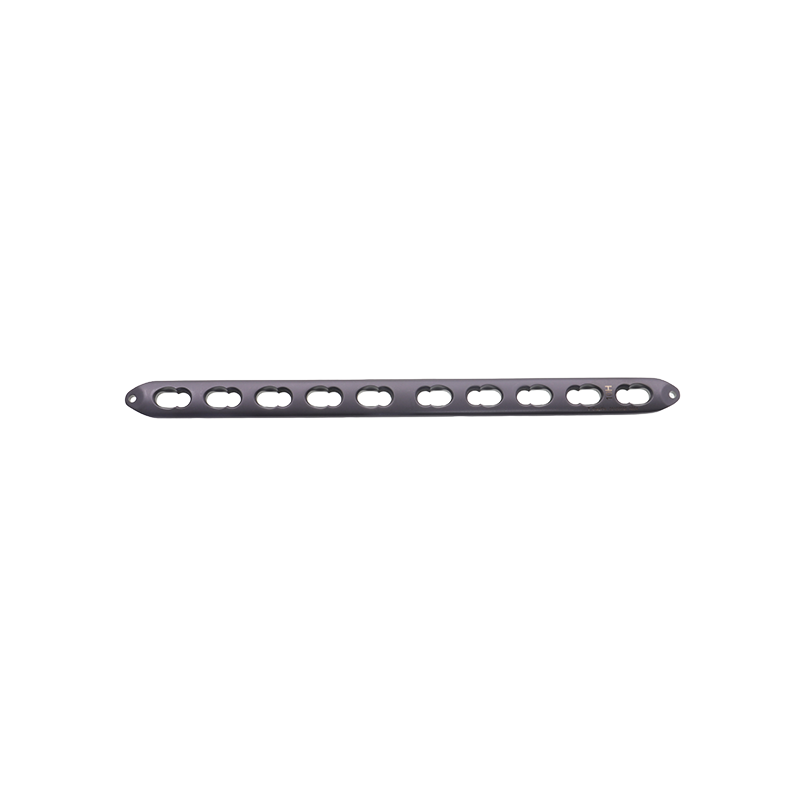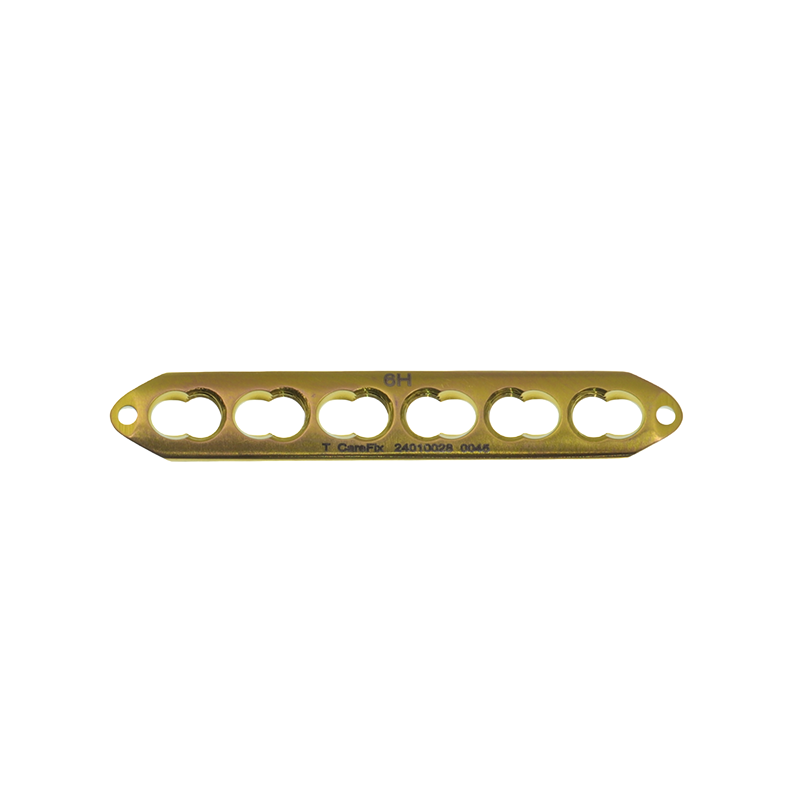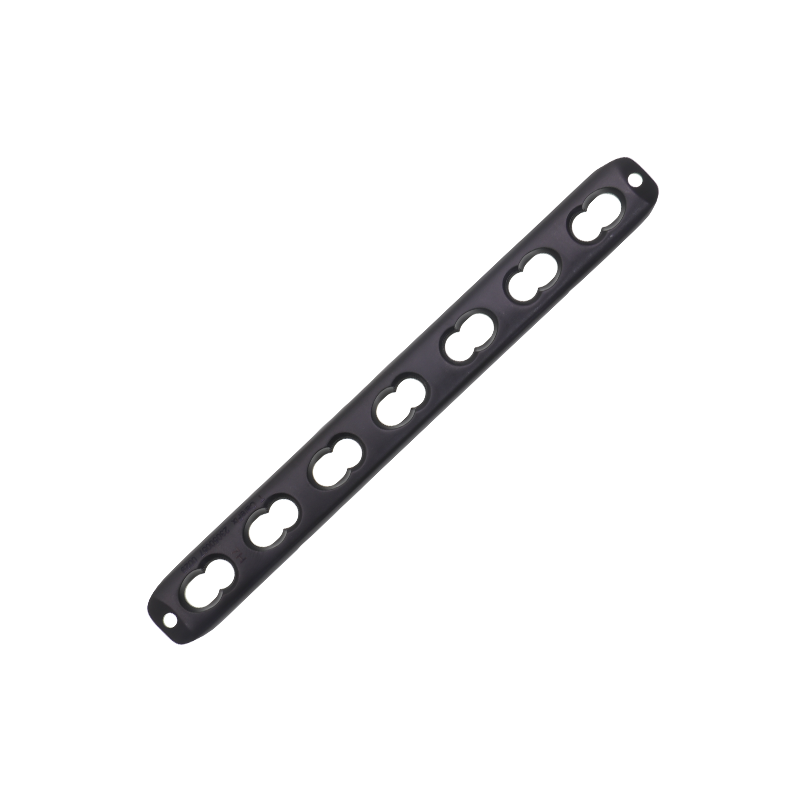compression plate orthopedics
Compression plate orthopedics represents a revolutionary advancement in fracture treatment and bone fixation technology. This medical device consists of specially designed metallic plates that are surgically attached to broken or damaged bones using screws, providing stability and promoting optimal healing conditions. The plates are typically manufactured from biocompatible materials such as titanium or stainless steel, ensuring long-term durability and patient safety. The primary function of compression plates is to hold fractured bone segments together while applying controlled compression, which is essential for proper bone union. These plates come in various sizes and configurations to accommodate different types of fractures and anatomical locations. The technology incorporates innovative design features such as locking mechanisms that enhance stability and reduce the risk of screw loosening. Compression plates are particularly effective in treating complex fractures, non-unions, and reconstructive procedures. The system works by converting axial forces into compressive forces at the fracture site, stimulating bone growth and accelerating the healing process. Modern compression plates also feature low-profile designs that minimize soft tissue irritation and reduce the risk of post-operative complications. The application of these plates requires precise surgical technique and careful consideration of biomechanical principles to ensure optimal outcomes.


